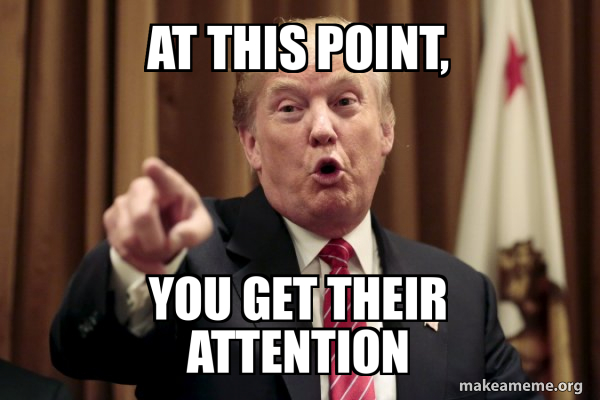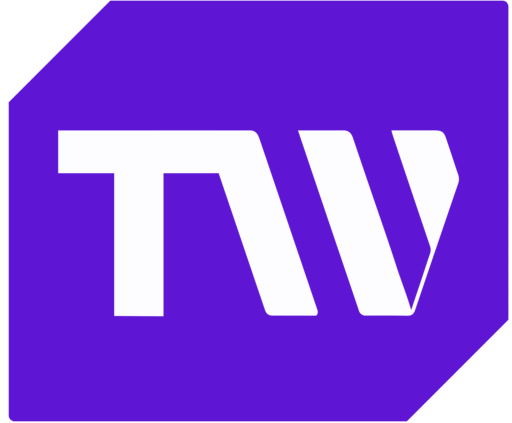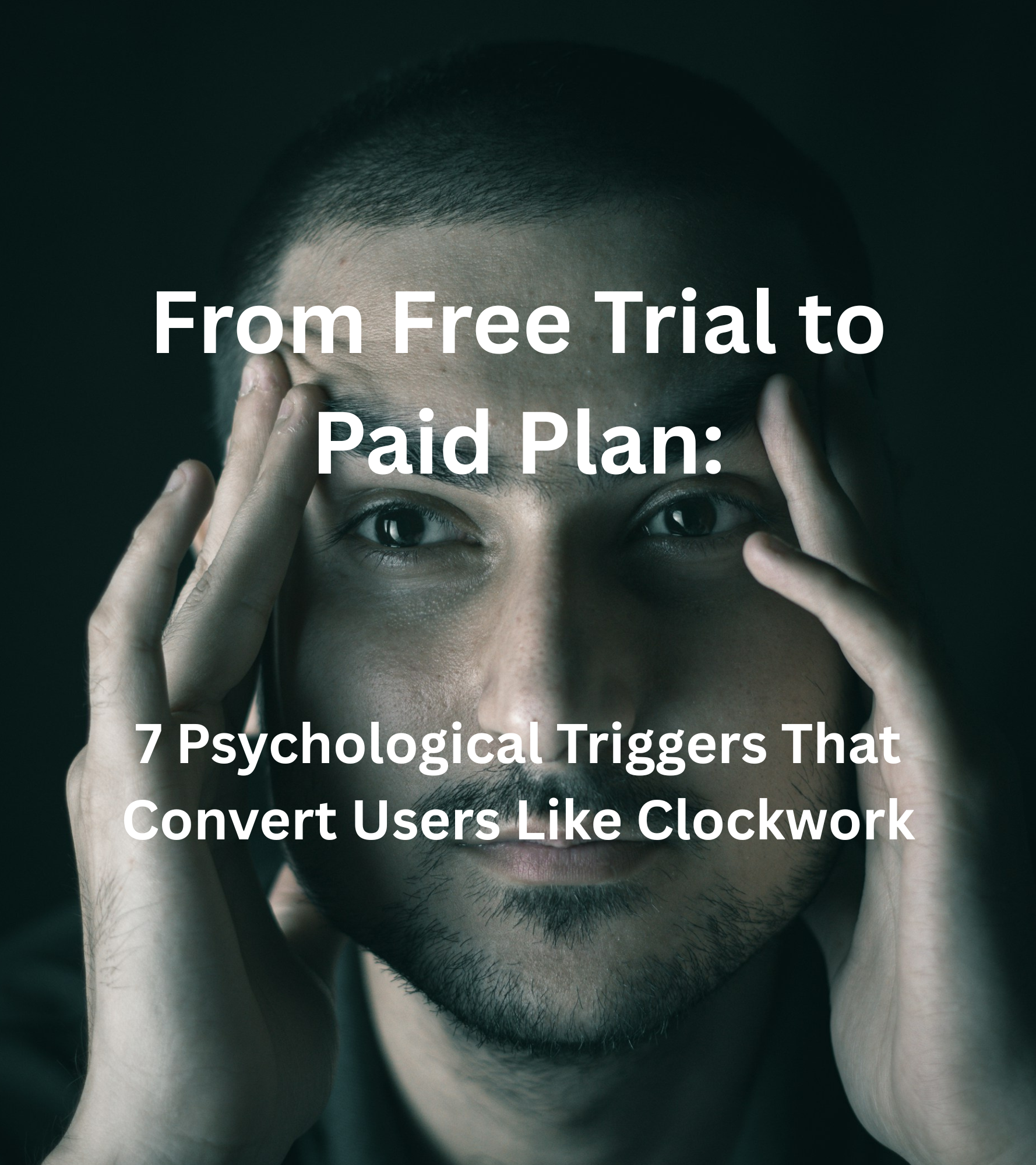From Free Trial to Paid Plan: 7 Psychological Triggers That Convert Users Like Clockwork
You’ve built a great product. The user interface (UI) is clean. Your messaging is tight. Users sign up for the free trial…
And then?
Silence.
The seven-day clock ticks down and they vanish, no upgrade, no goodbye, no clue.
If you’re running a self-serve B2B SaaS with a short, ungated trial, this scenario probably feels way too familiar. The truth is, converting trial users isn’t just about value, it’s about timing, framing, and behavior.
According to ProfitWell, the average SaaS free trial conversion rate ranges from 25% to 60%, but that number dives much lower for companies with short trials and self-serve models. And more than 80% of free trial users never return after the first login if they don’t see immediate value (source: Chameleon onboarding benchmarks).
And that’s where psychology comes in.
Here are 7 powerful psychological triggers you can layer into your trial experience to nudge users toward “Upgrade” without feeling salesy or manipulative.
Let’s get into it.
- First Impressions Aren’t Just First; they’re Forever
You don’t have time to warm up. Your user’s first experience – the welcome email, the login screen, the empty dashboard is your one shot to signal value.
This is where you trigger “processing fluency” – making the experience so smooth that the brain barely notices friction. It feels right.

What to do:
- Send a warm, short welcome email that tells them what to do next.
- Use in-app cues like tooltips, checklists, or a short setup wizard to create a “flow” immediately.
- Help them hit their “aha moment” in under 5 minutes.
If they log in, look around, and feel confused – they’re not coming back.
- Commitment Bias: Get a Small “Yes” First
Once someone starts something, they’re wired to finish it. It’s how our brains maintain consistency. So if you can get them to take one small action early, upload a file, customize their profile, invite a teammate and they’re already halfway to conversion.
What to do:
- Ask for one low-effort action on Day 1. Not 10. One.
- Use a progress bar to show how far they’ve come.
- Reward that first action with instant feedback: “Nice! You’re on track to get X result.”
People like to finish what they start. So let them start something small right away.
- Loss Aversion: Show What They’ll Miss
People are more motivated by loss than gain. You can tell them how great your premium features are… or you can show them what they’re going to lose if they don’t upgrade.
What to do:
- Use feature gating to blur out advanced tools with a lock icon. Let them hover to see what’s missing.
- On Day 6 or 7, trigger a modal or email that says, “You’re about to lose access to X, Y, and Z.”
- Use this line (or something better): *“Your progress won’t be lost, but your access will be.”
Fear of loss converts more than promise of value. Use it ethically, but use it.
- Social Proof: Make It Normal to Upgrade
When users see that people like them are succeeding with your product, they’re far more likely to follow suit. This is social proof in action, and it works because nobody wants to be the outlier.
What to do:
- Place customer logos or testimonials inside the app, especially in the upgrade flow.
- Show “# of teams like yours just upgraded this week.
- Use first names and real use cases, not polished marketing quotes.
When in doubt, show them: “Others have walked this path, and it works.”
- Scarcity & Urgency: Deadlines Convert
Your trial is only 7 days long. That’s your built-in scarcity trigger. But if you don’t highlight it, users won’t feel it.
Urgency creates motion. It forces a decision.

What to do:
- Add a countdown in the dashboard: “3 days left in your trial.”
- Use urgency-based email subject lines: “48 hours left to keep your progress.”
- On Day 7, show a last-chance modal: “Your trial ends tonight. Keep your data active by upgrading.”
Urgency isn’t pressure, it’s clarity. If you wait until it’s over, it’s too late.
- Endowment Effect: Let Them Own It
The more someone customizes a product, the more likely they are to value it, and pay to keep it. This is the endowment effect, and it’s your secret weapon.
What to do:
- Allow users to personalize settings, themes, or dashboards.
- Let them integrate with their own tools or upload their brand.
- Make sure their data doesn’t look generic, make it theirs.
People don’t like to give up what they’ve built, even if it’s digital. So help them build something during the trial.
- Simplicity Bias: Make Upgrading Frictionless
If the path to “Upgrade” feels complex, users will bail, even if they love your tool.
The brain is lazy. Your UI shouldn’t be.
What to do:
- Keep the upgrade button visible, but not pushy.
- Reduce upgrade plan options to just 2 or 3 clear choices.
- Use plain language: “Keep using \[tool name] without interruption. Upgrade now.”
If users need to think hard about what to do next, you’ve already lost them.
Final Thoughts: You’re not Manipulating, You’re Meeting the Mind
These 7 triggers aren’t hacks. They’re natural behaviors baked into how we make decisions. When you understand the psychology of trial users, you stop guessing, and start guiding.
Here’s your mental model:
Start simple. Nudge often. Personalize. Remind. Then invite.
Want to turn these insights into action? Download the Free Trial Conversion Checklist and start applying them today.
Because great SaaS doesn’t sell itself, it nudges, guides, and converts.
Download SaaS free trial conversion checklist


